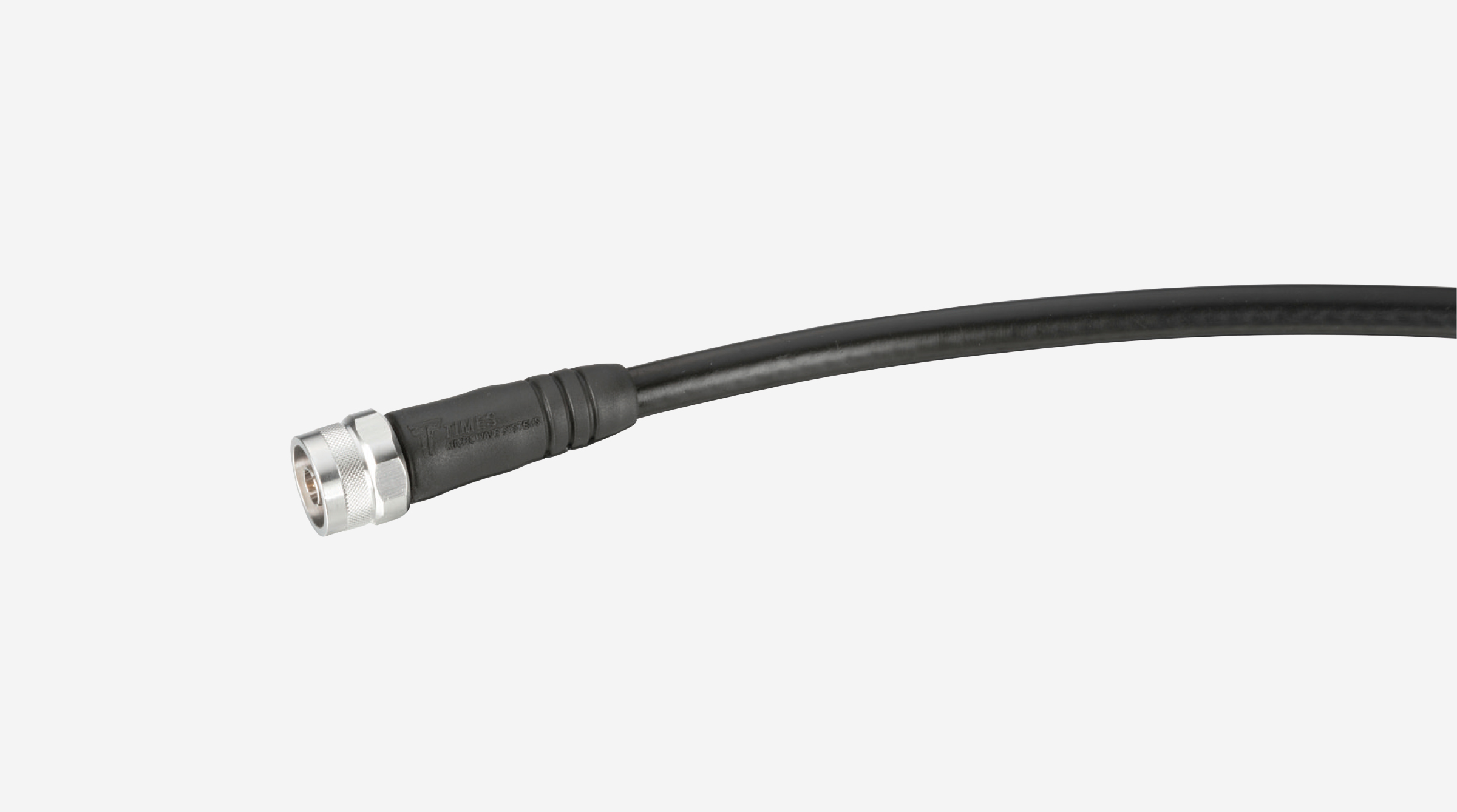LMR-400 Equivalent RG Cable List and Comparison, Why LMR-400 is Better
LMR-400 is a popular low-loss 50-ohm coaxial cable from Times Microwave Systems, widely used in RF applications like antennas, wireless communications, and base stations. It is often compared to traditional RG-series cables due to similar dimensions and uses. Below, we list common RG equivalents, provide a detailed comparison based on key specifications, and explain why LMR-400 is generally superior for modern applications.
Equivalent RG Cables to LMR-400
LMR-400 is designed as a modern replacement for older RG cables with similar outer diameter (approximately 0.405 inches) and 50-ohm impedance. The most common equivalents include:
- RG-8/U: A standard low-loss cable, often used for similar RF feeder runs. LMR-400 is frequently cited as a direct upgrade.
- RG-213/U: Military-grade with stranded copper conductor; comparable in size and use for antenna feeds and communications.
- RG-214/U: Double-shielded version of RG-213 for better interference rejection; used in high-RF environments like broadcasting.
These RG cables are equivalent in terms of general purpose and physical size, but LMR-400 typically outperforms them in key metrics like signal loss and durability.
Comparison of LMR-400 and Equivalent RG Cables
Based on manufacturer specifications and comparison charts , here’s a table summarizing key parameters. Attenuation values are in dB/100 ft (lower is better). Power handling is approximate peak or at specific frequencies. Note: RG-8/U, RG-213/U, and RG-214 are represented by their equivalents from DX Engineering (DXE-8U, DXE-213U, DXE-214) for consistent data.
| Cable Type | Diameter (in) | Attenuation @ 50 MHz (dB/100 ft) | Attenuation @ 150 MHz (dB/100 ft) | Attenuation @ 450 MHz (dB/100 ft) | Velocity Factor | Shielding | Center Conductor | Min Bend Radius (repeated) | Weight (lbs/100 ft) | Max Power Handling (approx. at 50 MHz) |
|---|---|---|---|---|---|---|---|---|---|---|
| LMR-400 | 0.405 | 0.9 | 1.5 | 2.7 | 84% | Aluminum Tape + Tinned Copper Braid | Solid Copper-Clad Aluminum | 4″ | 6.8 | 2.57 kW |
| RG-8/U (equiv.) | 0.405 | 1.3 | 2.2 | Not specified | 81% | Braided Copper | Stranded Copper | 2.5″ | 11.0 | 1.5 kW |
| RG-213/U (equiv.) | 0.405 | 1.3 | 2.4 | Not specified | 66% | Bare Copper Braid | Stranded Copper | 5″ | 11.0 | 1.5 kW |
| RG-214 (equiv.) | 0.425 | 1.0 | 1.8 | 3.3 | 82% | Dual Silver-Plated Copper Braids | Silver-Plated Stranded Copper | 4″ | Not specified | 1.0 kW |
Key insights from comparisons :
- Attenuation (Signal Loss): LMR-400 has significantly lower loss across frequencies, making it better for longer runs (e.g., 1.2 dB/100 ft at 100 MHz vs. RG-213’s 2.2 dB/100 ft).
- Power Handling: LMR-400 supports higher power levels due to better materials.
- Velocity Factor: Higher in LMR-400, allowing faster signal propagation.
- Shielding: RG-214 has double braids for better EMI rejection, but LMR-400’s tape + braid offers comparable or better performance with lower weight.
- Flexibility & Weight: LMR-400 is lighter and often more flexible than stranded RG cables for repeated bending.
- Other: LMR-400 uses foam polyethylene dielectric (gas-injected, waterproof), while RG cables often use solid polyethylene, which can absorb moisture.
Why LMR-400 is Better Than RG Cables
LMR-400 is a modern, low-loss alternative to traditional RG cables, offering several advantages that make it superior for most contemporary RF applications :
- Lower Signal Loss (Attenuation): LMR-400 has up to 50% less loss than equivalents like RG-213 or RG-8 at higher frequencies, reducing signal degradation over distance. This is crucial for long cable runs in wireless or antenna systems.
- Better Power Handling: It can handle higher power levels (e.g., 2.57 kW at 50 MHz vs. 1.5 kW for RG-213), making it suitable for high-power transmissions without overheating.
- Superior Shielding and Durability: The aluminum tape + tinned copper braid provides excellent EMI/RFI rejection and corrosion resistance, outperforming single-braid RG cables like RG-213. The foam dielectric prevents water absorption, unlike solid dielectrics in many RG cables.
- Lighter Weight and Flexibility: At 6.8 lbs/100 ft, LMR-400 is lighter than RG-213 (11 lbs/100 ft), easier to install, and more flexible for repeated bending without damage.
- Higher Frequency Capability: Supports up to 6-11 GHz effectively, compared to lower limits in some RG cables, making it better for modern broadband and high-frequency uses.
- Cost-Effectiveness for Performance: While more expensive upfront, its lower loss means better overall system efficiency, reducing the need for amplifiers or repeaters in long runs .
In summary, while RG cables like RG-8, RG-213, and RG-214 are solid for basic or legacy setups (e.g., RG-213’s higher voltage rating of 5,000V vs. LMR-400’s 2,500V), LMR-400 is better for most modern applications due to its optimized design for low loss, durability, and efficiency . If you need high voltage or specific military specs, RG-213 might be preferable; otherwise, LMR-400 is the upgrade choice. For custom advice, consult manufacturer datasheets.
Applications and Benefits
Wireless LAN, broadband, Wi-Fi, and antenna installations
GPS and WiMax systems
Easy-to-route cable runs, even in challenging outdoor environments
Drop-in replacement for RG-8/9913 with added flexibility and lower loss
Choose LMR-400 cable whenever a high-performance, long-lasting, and low-loss RF connection is essential.


admin –
Industry-standard, low-loss 50-ohm cable. Superior to RG-8, offering excellent double shielding and high power handling up to 8 GHz, perfect for long outdoor antenna runs.